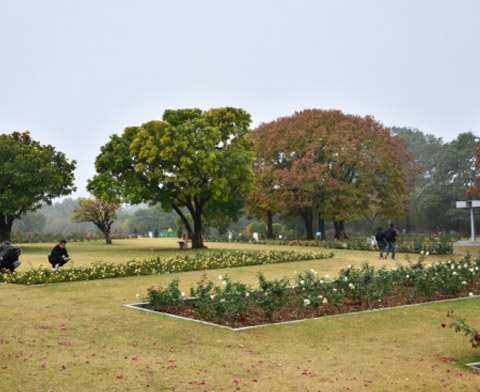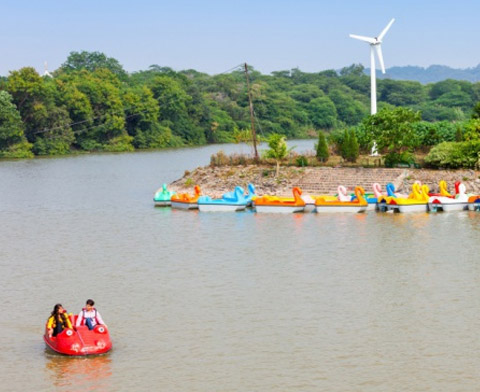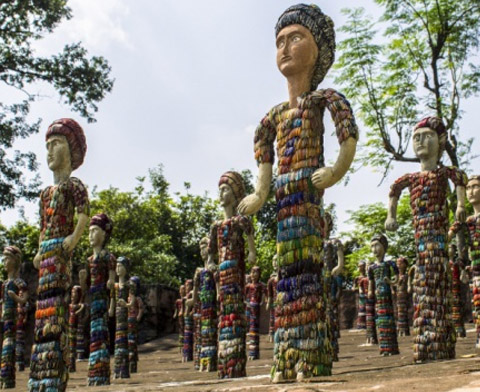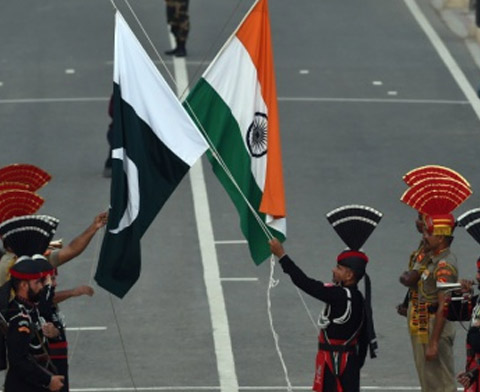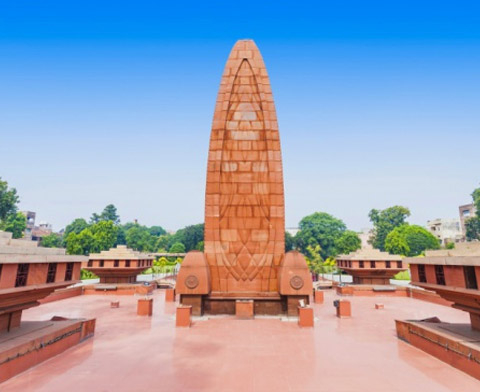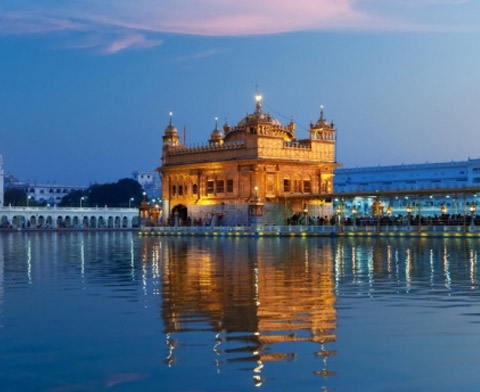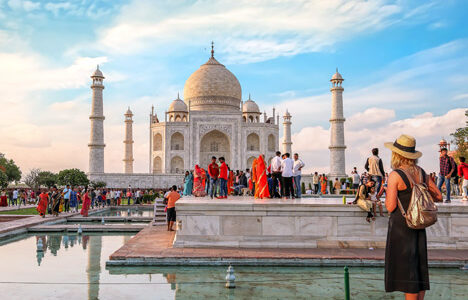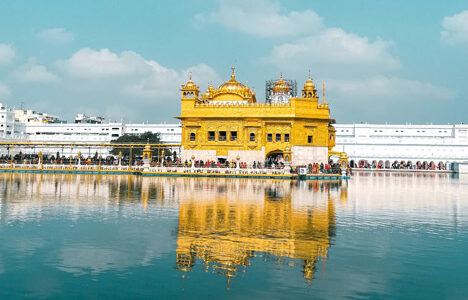Amritsar Historical Significance
Amritsar holds immense historical significance as it witnessed several pivotal events in India’s struggle for independence. The Jallianwala Bagh massacre of 1919, where hundreds of innocent Indians were killed, stands as a reminder of the sacrifices made during that time. Amritsar stands as a living testament to the resilience and spirit of a nation striving for freedom and unity.
Facts About Amritsar | Major Attractions | - Golden Temple, Jallianwala Bagh, Wagah Border, Partition Museum, Durgiana Temple
|
| Language Spoken | |
| Must Buy | - Phulkari Embroidery, Amritsari Juttis, Punjabi Suits
|
| Time Zone | |
| Experiences | - Palki Sahib Ceremony, Heritage Walks, Punjabi Folk Music and Dance, Amritsar Food Trails
|
| Cuisines | - Amritsari Kulcha, Butter Chicken, Makki di Roti and Sarson da Saag, Amritsari Fish, Lassi
|
Festivals in Amritsar
- Baisakhi: Celebrated in April, Baisakhi marks the harvest festival and the formation of the Khalsa Panth. The Golden Temple is beautifully decorated, and processions, music, and traditional dances fill the streets.
- Diwali: The festival of lights is celebrated with great enthusiasm in Amritsar. The Golden Temple is illuminated, and fireworks light up the night sky. The city comes alive with joyous celebrations and delicious sweets.
- Hola Mohalla: This Sikh festival in March showcases martial arts, mock battles, and spiritual discourses. It provides a unique opportunity to witness the courage and military traditions of the Sikh community.
Travel Tips To Visit Amritsar
- Dress modestly when visiting religious sites like the Golden Temple.
- Respect local customs and traditions.
- Be cautious of pickpockets in crowded areas. Keep your belongings secure and avoid displaying valuable items.
- Plan your visit to the Golden Temple during weekdays to avoid large crowds.
- Hire a local guide to gain deeper insights into the city’s history, culture, and traditions.
